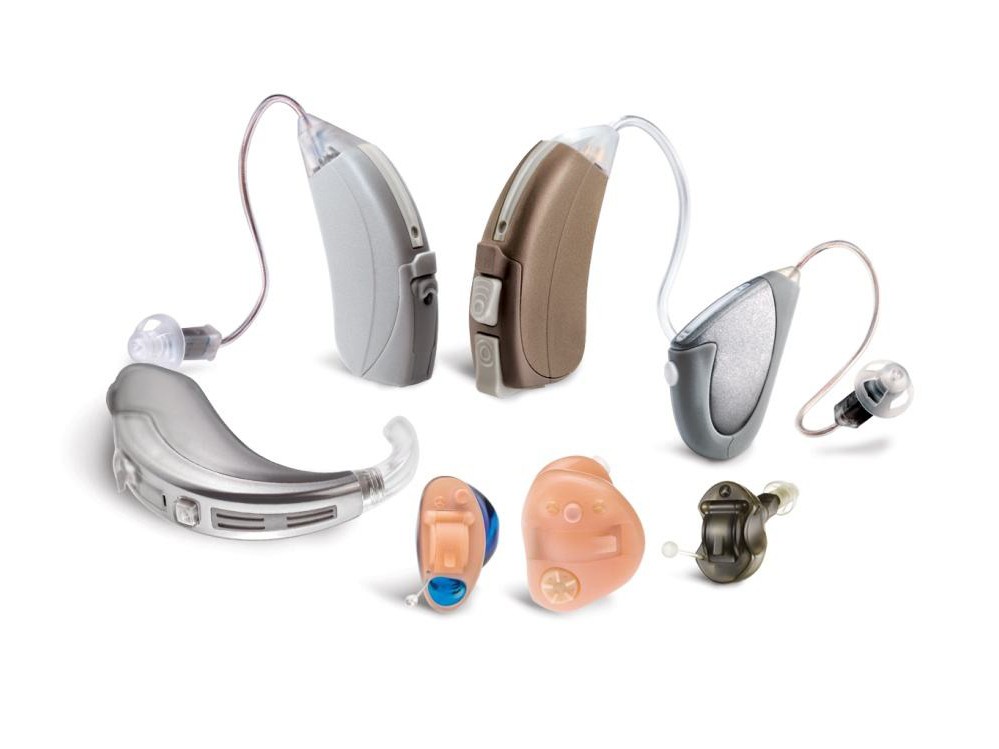Basic knowledge of hearing aid sound quality
First, is the sound quality related to the hearing aid effect?
The sound quality, that is, the quality of the sound, reflects the objective technical level of the sound output of the hearing aid, and at the same time integrates some subjective listening feelings of the user. The so-called "high-quality" requires that the sound be "high-fidelity" in the process of processing. Only "high-fidelity" can guarantee high definition. It can be said that the sound quality determines the hearing aid effect, and the sound quality determines the quality of the hearing aid.
Second, what factors will affect the sound quality of hearing aids?
1. Hearing aid background noise: The background noise has a great influence on users with better hearing or partial frequency. Some high-end hearing aids have a noise floor of 14dB. At the same time, it is necessary to distinguish the difference between ambient noise and background noise. For example, some high-end hearing aids have a compression threshold as low as 20 dB, and small sound amplification is sufficient, but normal people may sound very noisy and feel noise.
2. Frequency response range of hearing aids: We know the frequency range that can be heard by normal human ears: 20Hz-20KHz, the frequency range of speech: 200Hz-8KHz. The wider the frequency response of the hearing aid, the less likely it is to feel the horn sound, and the more natural and realistic the sound is, the higher the frequency response curve of the high-end hearing aid can reach 7000 Hz (most companies' high-end machines can do it). However, companies that dare to clearly mark the higher sampling rate on the publicity materials, only the Voice of the Sea, provide users with high-fidelity sound quality; while other hearing aids on the market have a hearing rate of 20-26KHz, directly This results in poor sound reproduction and distortion.
3. The response speed of the hearing aid: The slow response speed causes the sound to sound soft, the feeling is not strong, the sound is faint, and the echo is easy to produce. People with better bone conduction or low frequency are more obvious. In general, the low frequency response speed of the sound is slower than the higher frequency response. Therefore, some hearing aid users with low frequency hearing and high frequency difference are more likely to feel the echo feeling and the sound is not clean and unclear.
4. Nonlinear distortion of hearing aids: including distortion caused by digital processing technology, distortion caused by nonlinear amplification and distortion caused by some noise reduction processing. The "high sampling rate" analog-to-digital conversion reduces distortion of the hearing aid's sound; "high-bit" analog-to-digital conversion reduces distortion caused by loud input.
5. Compression technology: Is it fast compression or slow compression? Fast and slow compression have their own advantages. In general, slow compression technology helps linear language reduction, language signal contrast and high definition, but in some specific occasions, fast compression is required, so the sound of the sea The company's products use a combination of speed and slow processing combined with automatic speech processing: sound stabilizer.

category
